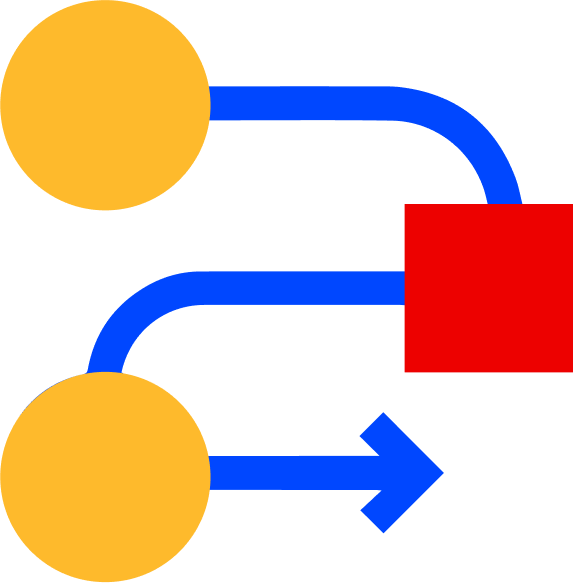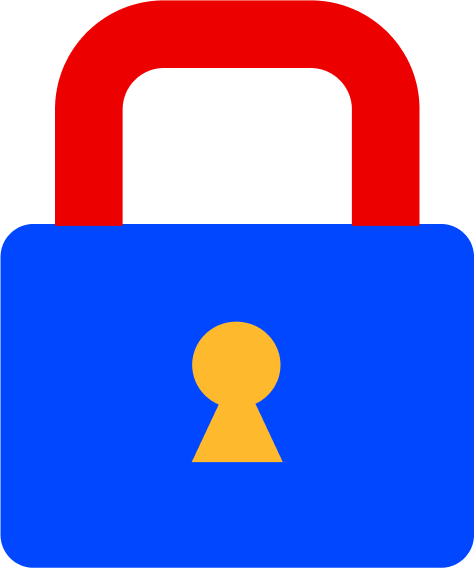Cross-Platform Legal Compliance: Managing Data from M365, Google, and Slack


To stay compliant, legal teams need to manage data from Microsoft 365, Google Workspace, and Slack without missing a beat. Cross-platform legal compliance means applying consistent policies and controls across all systems, regardless of where the data lives or what regulations apply.
Legal obligations don't pause just because your data is scattered across different platforms. If your retention policies vary between M365 and Google, or if Slack chats aren't being preserved correctly, your legal hold process may not hold up under scrutiny. That's the risk many organizations face right now: multiple platforms, mismatched controls, and too many manual workarounds.
When legal and compliance teams don't have centralized oversight, even simple eDiscovery and retention tasks become bottlenecks. This article walks through how to build a unified strategy for cross-platform legal compliance, so you can confidently meet legal obligations, preserve data defensibly, and reduce risk across your entire stack.
What Is Meant by Cross-Platform?
Cross-platform compliance means creating one consistent framework for managing records, retention, and legal hold processes across Microsoft 365, Google Workspace, and Slack. In other words, it aligns rules across different environments so that policies apply evenly.
This matters a lot because each platform stores information in different ways.
M365 data management often revolves around documents, calendars, and emails. Google Workspace compliance tends to focus on Drive files and Gmail. Slack data handling is centered on real-time conversations, reactions, and shared links.
Yet regulators and courts do not distinguish between these formats; they expect consistent policies.
The goal is straightforward: make compliance defensible regardless of where the data sits. That means organizations need unified policies that apply equally to email attachments, Slack channels, and Google Drive folders. With cross-platform data management, organizations reduce risks while maintaining control of their obligations.
Challenges of Cross-Platform Legal Compliance
Managing compliance across platforms is tricky because fragmentation often creates blind spots. Each tool has its own retention features and a unique way of preserving data.
Teams eDiscovery, for instance, handles Microsoft Teams chats, while Slack eDiscovery has separate requirements. These differences make consistent enforcement harder.
Different regulatory frameworks add another layer of difficulty. Companies subject to GDPR in Europe must prove proper deletion timelines. Healthcare organizations under HIPAA must keep strict access records. Financial firms under FINRA rules must show long-term preservation.
Each rule applies regardless of platform, yet the enforcement tools vary significantly.
Without uniform controls, organizations face risks such as incomplete records or failed preservation. The legal hold process can break if one platform doesn't capture edits or deleted messages. That exposes companies to legal challenges and increases audit risks.
Costs also tend to rise when teams rely on manual oversight. Maintaining spreadsheets or separate systems for each platform takes more time and often duplicates effort.
Key Strategies for Managing Data
Organizations need a structured set of steps to handle multi-platform compliance properly. Each strategy strengthens oversight while reducing risks.
Centralize Data Governance
Centralized data governance creates a single source of truth. Policies apply evenly across all systems, which makes audits easier and more reliable.
Automate Retention and Preservation
Automation removes manual errors and keeps records consistent. Automated eDiscovery and retention features preserve emails, chat logs, and files with timestamps intact.
AI-Powered Classification
Machine learning helps flag sensitive or regulated content. For instance, AI can detect health data, financial records, or personal information and assign the right retention rules.
Privacy and Consent Management
Tracking consent across platforms is often required under privacy laws. By unifying privacy controls, organizations can apply the same standards to Gmail, Outlook, and Slack messages.
Regular Audits and Training
Audits confirm whether policies are working as intended. Staff training ensures everyone knows how to handle sensitive information consistently.
How Integration Tools Simplify Compliance
Native tools often help, yet they rarely cover the entire picture. Microsoft Purview supports M365 data management. Google Vault helps with Gmail and Drive. Slack has compliance exports.
Each works well within its ecosystem, yet they don't connect to one another.
Cross-platform data management platforms simplify this gap. They bring all records into one view, standardize metadata, and allow faster searches. This saves time during legal reviews and improves defensibility.
In fact, centralized oversight typically means teams can apply the same legal compliance strategies to different data types. This consistency lowers risk and reduces workloads.
Frequently Asked Questions
How is cross-platform compliance different from single-platform compliance?
Cross-platform compliance means applying rules to multiple systems at once. Single-platform compliance only covers one. Hybrid environments are very common, so unified controls tend to be more reliable.
Do native tools like Google Vault or Microsoft Purview solve compliance issues alone?
They are helpful, yet they work only on their own platforms. Most companies use several systems, which means native tools alone are not enough for complete oversight.
What data types should legal teams prioritize for preservation?
Preserve emails, chat logs, and shared documents. Metadata like edits, deletions, and reactions is often just as critical.
Some of the most important data sources to capture include:
- Gmail messages and attachments
- Microsoft Teams chats and files
- Slack messages, reactions, and shared links
- Google Drive files, such as Docs and Sheets
How can automation reduce compliance costs?
Automation applies rules without human input. This cuts down on mistakes, reduces manual review time, and lowers costs. For instance, automation can preserve every Teams channel message while simultaneously tagging sensitive content.
How do platforms like Onna improve defensibility?
By collecting data from multiple platforms into one secure environment, Onna preserves context and audit trails. Courts and regulators accept this data as reliable because it remains consistent and traceable. This makes legal teams more confident during audits and reviews.
Your Next Step Toward Simplified Compliance
Cross-platform legal compliance depends on consistency: consistent retention, consistent legal holds, and consistent access across systems like Microsoft 365, Google Workspace, and Slack. This article outlined how centralized policies, automation, and integrated tools simplify compliance across platforms.
Onna gives legal and compliance teams that centralized control. Our platform ingests unstructured data from tools like Slack, Google, and M365 and turns it into a secure, searchable source of truth. With features like smart data classification, rapid federated search, unlimited connector usage, and export-ready formats, Onna makes managing cross-platform data not just possible, but efficient.
Get a closer look at how it works. Request a demo today to simplify your legal operations.
 eDiscovery
eDiscovery Collections
Collections Processing
Processing Early Case Assessment
Early Case Assessment Information Governance
Information Governance Data Migration
Data Migration Data Archiving
Data Archiving Platform Services
Platform Services Connectors
Connectors Platform API
Platform API Pricing Plans
Pricing Plans Professional Services
Professional Services Technical Support
Technical Support Partnerships
Partnerships About us
About us Careers
Careers Newsroom
Newsroom Reveal
Reveal Logikcull by Reveal
Logikcull by Reveal Events
Events Webinars
Webinars OnnAcademy
OnnAcademy Blog
Blog Content Library
Content Library Trust Center
Trust Center Developer Hub
Developer Hub